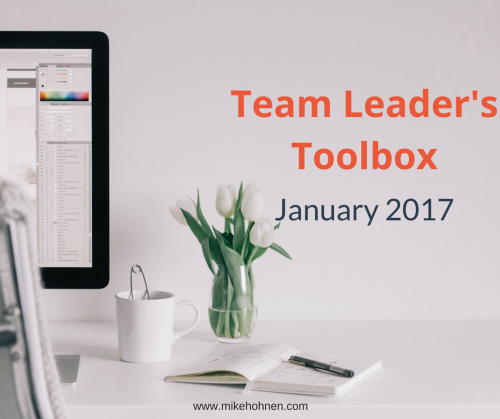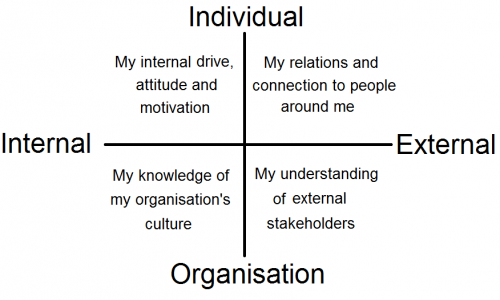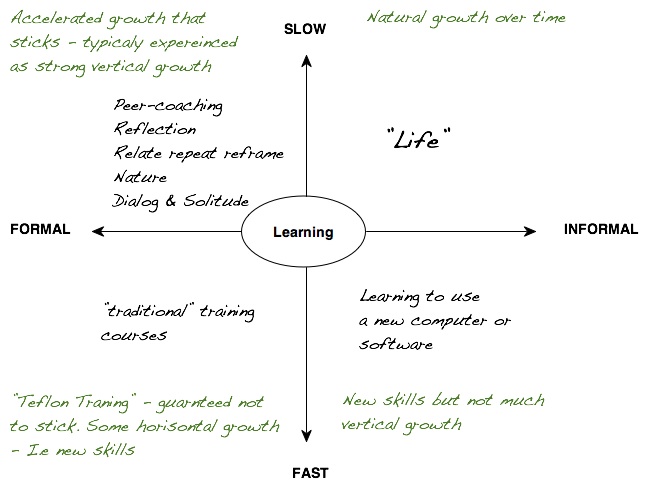
If you want to reap the full benefits of your investment in training courses, you need to make a plan for what you are going to do when the course is over, because that is when the magic really happens.
We know from the 70:20:10 model that most of our learning comes from what we do on the job. That is the 70%.
And we also know that if we always do what we always did, we will always get what we always got.
And even that is not quite accurate because research shows that if we just do what we do, without trying to get better, we will actually regress, and gradually get slightly worse. But that is another story.
So we need to inspire our team members to do something different than what they have always done. That is why we send them on a training course.
But if these training programs are just seen as an entertaining stand-alone event then they do not help us much, except maybe for a few high performers who have the drive to take the materials and build their own implementation program.
So assuming that only a few of our team players are so called high performers, we then need to manage how we can best support the ‘normal’ team members in actually trying out their new knowledge, experimenting, getting feedback and gradually improving in order to ultimately get really good at whatever it is they learnt on the training course. That was, after all, the objective of the whole exercise.
Your approach makes a difference.
The key differentiator in this post-course learning phase is the team leader or the immediate supervisor.
Immediate supervisors, whether they are CEOs, VPs or floor managers come in basically two categories: Multipliers and Diminishers, writes Liz Wiseman, author of the book “Multipliers”.
Multipliers are essentially leaders who make everyone around them smarter, they consciously invest in the success of others. Their basic attitude is that people are smart and will figure it out and when they do, they become even smarter.
Multipliers ask lots of questions – Diminishers have all the answers.
Diminishers, on the other hand, create dependency. They often jump in and save the day. They drive results through their personal involvement and they are never shy to remind everyone how much smarter and more capable they are. When they do that, they drain the energy and motivation from everyone around them, and ultimately that reinforces the dependency.
Multipliers make sure that we get a high return on our training investment whereas diminishers time and again end up reducing all the time and effort that has been invested to nothing.
The key to being a great multiplier is to get people to think for themselves. They will never develop that ability if you always tell them what to do and how to do it. Learning means exercising some degree of choice, as opposed to working to a predetermined script. When you exercise your choice, you have an experience. That experience gives you feedback on how well you did. For most of us, this is a deeply motivating process. So building our capacity based on what we learnt on the course means trying things.
So the multiplier makes sure to hold a debrief meeting when a team member ‘returns’ from a formal training program. The purpose of the debrief is to establish what the team member is now going to work on in order to reinforce and build on the knowledge or inspiration that has been given in the course.
You’ll never change your life until you change something you do daily. The secret of your success is found in your daily routine.
– Johan C. Maxwell.
As with so many other new things, baby steps are the key. Don’t try and implement everything at once but make a plan. It’s the good old 20/80 principle again. What would be a small thing from the course that would make a big difference? That is a great starting point. Once we have that up and running, we move to the next item on the list, and step by step we build our capacity and performance. Use the GROW model to set it up.
So are diminishers evil egotist? No, most diminishers don’t even realise that they are draining the team. They actually mean well. They think they are being helpful. Next week, we will take a closer look at how not to fall into the trap of becoming a diminisher.
Check out Lis Wiseman’s book for yourself: Multipliers, Revised and Updated: How the Best Leaders Make Everyone Smarter
This the eleventh blog post in a series where Mike is exploring:
Building capacity is at the heart of the Service Profit Chain. If you are not familiar with the intricacies of is model, don’t forget to check out Mike’s online courses where you will find a lot of great tools, resources and knowledge on Leadership Development and The Service Profit Chain.


 This blog post is the third in a series of blog posts where Mike is exploring: Why is it important to develop not just yourself but also the people around you?
This blog post is the third in a series of blog posts where Mike is exploring: Why is it important to develop not just yourself but also the people around you?






